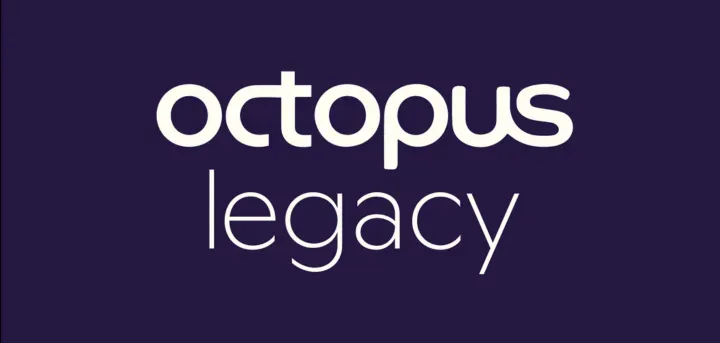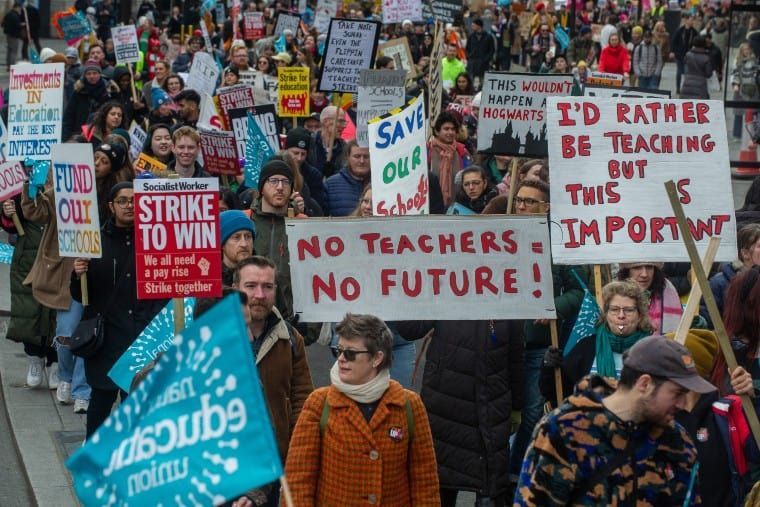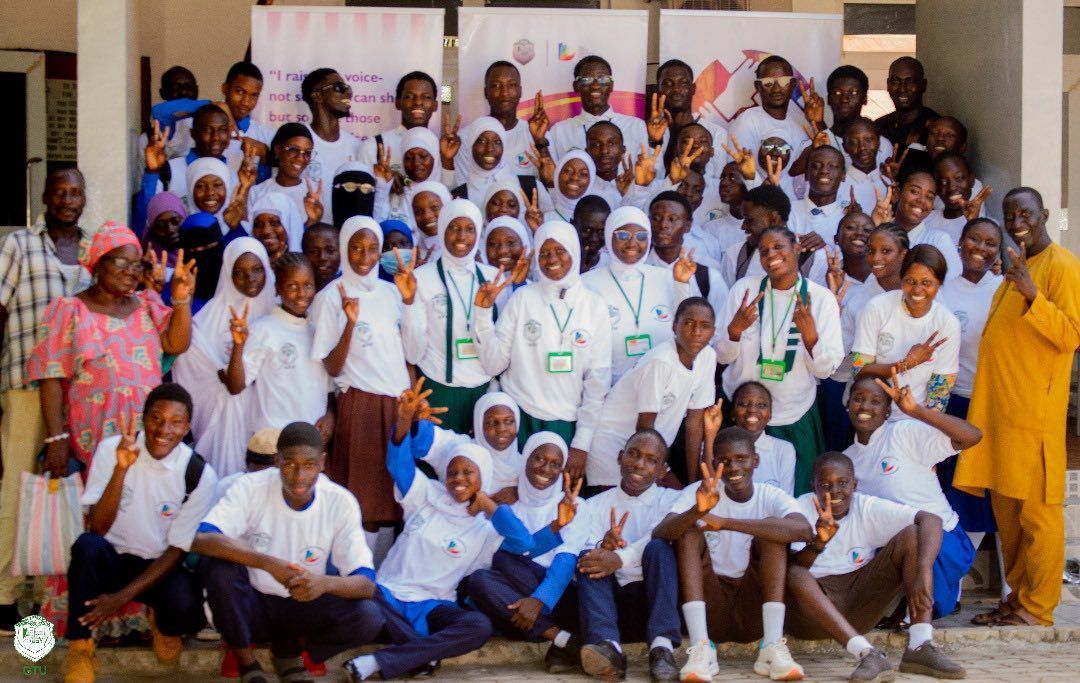Human Rights Education Creative Competition for Schools
We have had lots of entries for our human rights competition for schools, and you still have a few more days to register and get involved.
Our Human Rights Education – Learning Through Creating competition for schools launched in December 2021 with a vibrant panel discussion.
Chaired by Gawain Little of the National Education Union, the panel included Evadne Bygrave ambassador of The Steve Sinnott Foundation, Daniel Kebede the National President of the NEU, Marie Antionette Corr of The Gambia Teachers Union, Professor Augustin John, writer and education campaigner, and Professor Audrey Osler of University of Leeds and University of South Eastern Norway. The video below is a summary of the discussion, at the end of this post you can watch the whole discussion for inspiration.
Gawain Little: The NEU is partnering with the Steve Sinnott Foundation and the Gambia Teachers Union to launch ‘Creating Change: the world I want to live in’. A competition which aims to encourage young people to make their voices heard on human rights, and to support teachers in the UK and partner countries of the Steve Sinnott Foundation such as The Gambia, with human rights education in the classroom.
Climate change, poverty, access to education, and gender equality, young people's voices must be heard on these issues that impact their lives, their communities, and their world.
Young people's voices matter. However all too often their voices are not heard. This is why the UN Convention on the Rights of the Child enshrined in international law children's right to be heard. This is why we're launching this competition. To provide a platform for young people's thoughts, ideas and voices on human rights.
I'm also pleased that the Steve Sinnott Foundation has led on the creation of a resource pack for teachers, which accompanies the competition, and comprises classroom activities that have been submitted by teachers and human rights campaigners.
International solidarity is a cornerstone of education trade unionism, and I'm incredibly proud of the NEU’s international solidarity work. It is work that's rooted in human trade union and children's rights. Human rights education is about human rights, and for human rights. That means promoting knowledge and understanding of human rights, and their principles, alongside empowering young people to enjoy and exercise their rights, and to respect and uphold the rights of others.
Daniel Kebede: Human rights education is such an important thing to pursue. We live in really precarious and challenging times, where many young people are missing out on education because of the impact of climate change.
Young people want to be educated about human rights. It is vital that we create human rights literate young people. This is a really important competition do just that.
Marie Antionette Corr: This competition is apt, and is very timely for us, especially during these very trying times in The Gambia. We have been given the opportunity of being invited by the Human Rights Commission to be part of the review of the curriculum. So, it is a very good time for us to be involved in this competition.
We are going to promote it and make sure that we include all sectors who work with youth groups, like the Peace Ambassadors, and the Health Educators. We will extend it to them because they need it.
Augustin John: There is a real need to focus children in metropolitan countries like Britain, on human rights abuses in our own space, and understand how that plays into the way education policies and schooling practises are framed.
We need to fight for and demand, that the way schools organise themselves should be against a human rights backcloth, so that they are conscious all the time of the extent to which some of their own regimes are denying children of their human rights.
Evadne Bygrave: From a teaching point of view, creativity is the way forward. This makes it a lot more inclusive, especially for those children who unfortunately are being left behind, because the curriculum is out of their reach.
Using a creative approach gives them that opportunity to get engaged, learn from their peers and learn from their own strengths as well. Many children and young people learn in different ways, and using a creative approach is what's going to support them, and support their learning.
Audrey Osler: The human rights resource pack has an exercise that teachers can do themselves, to find out the state of human rights in their school as they understand it. That exercise also offers students the chance to think about how they understand the state of human rights in the school too. Students and teachers need to have a dialogue about human rights, and each understand the experience of the other.
If teaches and students assume that the school itself is a safe human rights space for everyone, without actually asking young people how they feel, I think that can lead to cynicism. I don't think we should be teaching about human rights without actually finding out how students experience the school.
Gawain Little: Please do download the resource pack and register for the competition. Please encourage schools in your area to use it. Please encourage everyone to get involved, and to make this massively important project a reality.
Please do register for the competition. Please do get involved and let us change education.
As Paulo Freire said, through changing education, we change the people who will change the world, because fundamentally, that's what human rights education, and all education, is about.
“Education does not change society, education changes people, and people change society.” Paulo Freire
Find out more about the competition here:
Sign up for the competition here:
Watch the whole launch webinar video here:




